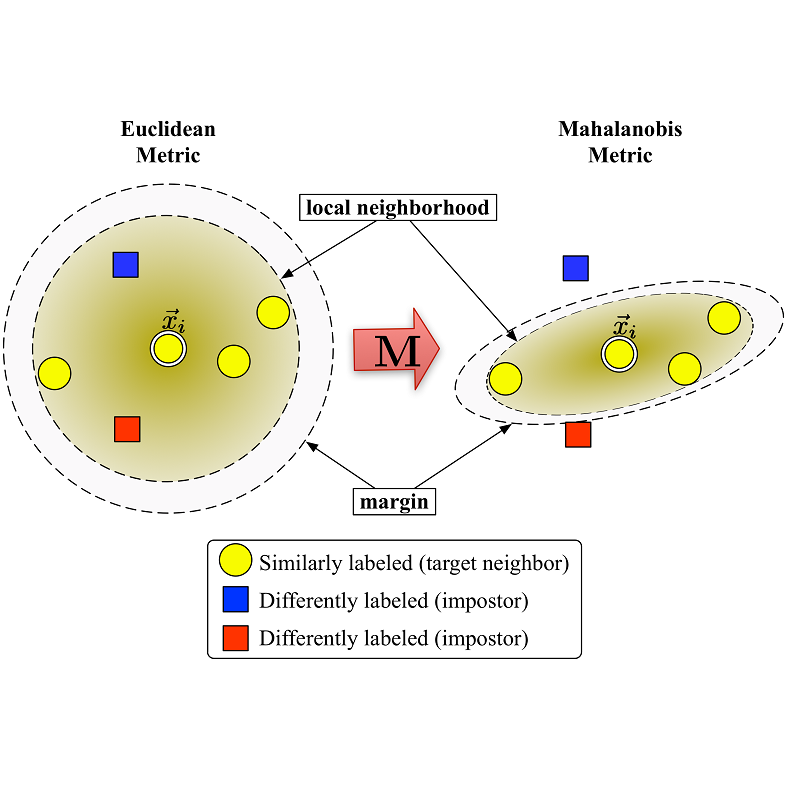This paper proposes a new neural architecture for collaborative ranking with implicit feedback. Our model, LRML (\textit{Latent Relational Metric Learning}) is a novel metric learning approach for recommendation. More specifically, instead of simple push-pull mechanisms between user and item pairs, we propose to learn latent relations that describe each user item interaction. This helps to alleviate the potential geometric inflexibility of existing metric learing approaches. This enables not only better performance but also a greater extent of modeling capability, allowing our model to scale to a larger number of interactions. In order to do so, we employ a augmented memory module and learn to attend over these memory blocks to construct latent relations. The memory-based attention module is controlled by the user-item interaction, making the learned relation vector specific to each user-item pair. Hence, this can be interpreted as learning an exclusive and optimal relational translation for each user-item interaction. The proposed architecture demonstrates the state-of-the-art performance across multiple recommendation benchmarks. LRML outperforms other metric learning models by $6\%-7.5\%$ in terms of Hits@10 and nDCG@10 on large datasets such as Netflix and MovieLens20M. Moreover, qualitative studies also demonstrate evidence that our proposed model is able to infer and encode explicit sentiment, temporal and attribute information despite being only trained on implicit feedback. As such, this ascertains the ability of LRML to uncover hidden relational structure within implicit datasets.
翻译:本文提出一个新的神经结构, 用于以隐含反馈进行协作排序。 我们的模型, LRML (\ textit{Latent Relational Metricle Learning}) 是一个创新的衡量学习方法。 更具体地说, 我们提议学习描述每个用户项目互动关系的潜在关系。 这有助于减轻现有计量利差方法潜在的几何不灵活性。 这不仅能提高性能, 还能提高模型的建模能力, 使我们的模型规模扩大到更多的互动。 为了做到这一点, 我们使用一个强化的记忆模块, 并学习在这些记忆块中学习构建潜在关系。 基于记忆的注意模块由用户项目互动来控制, 使每个用户项目互动关系中都有简单的推推拉机制。 因此, 这可以被解释为学习每个用户项目互动的独家和最佳的关联翻译。 拟议的架构不仅能显示多种建议基准的模型性能, 还能让我们的模型比其他指标学习模型高出6- 7.20美元。 正如 Hits@ commissional 和 NDC 的隐含性数据库, 10 也能够显示我们用于 IMFLDLDLDL 和 和 的精确的数据 10。




